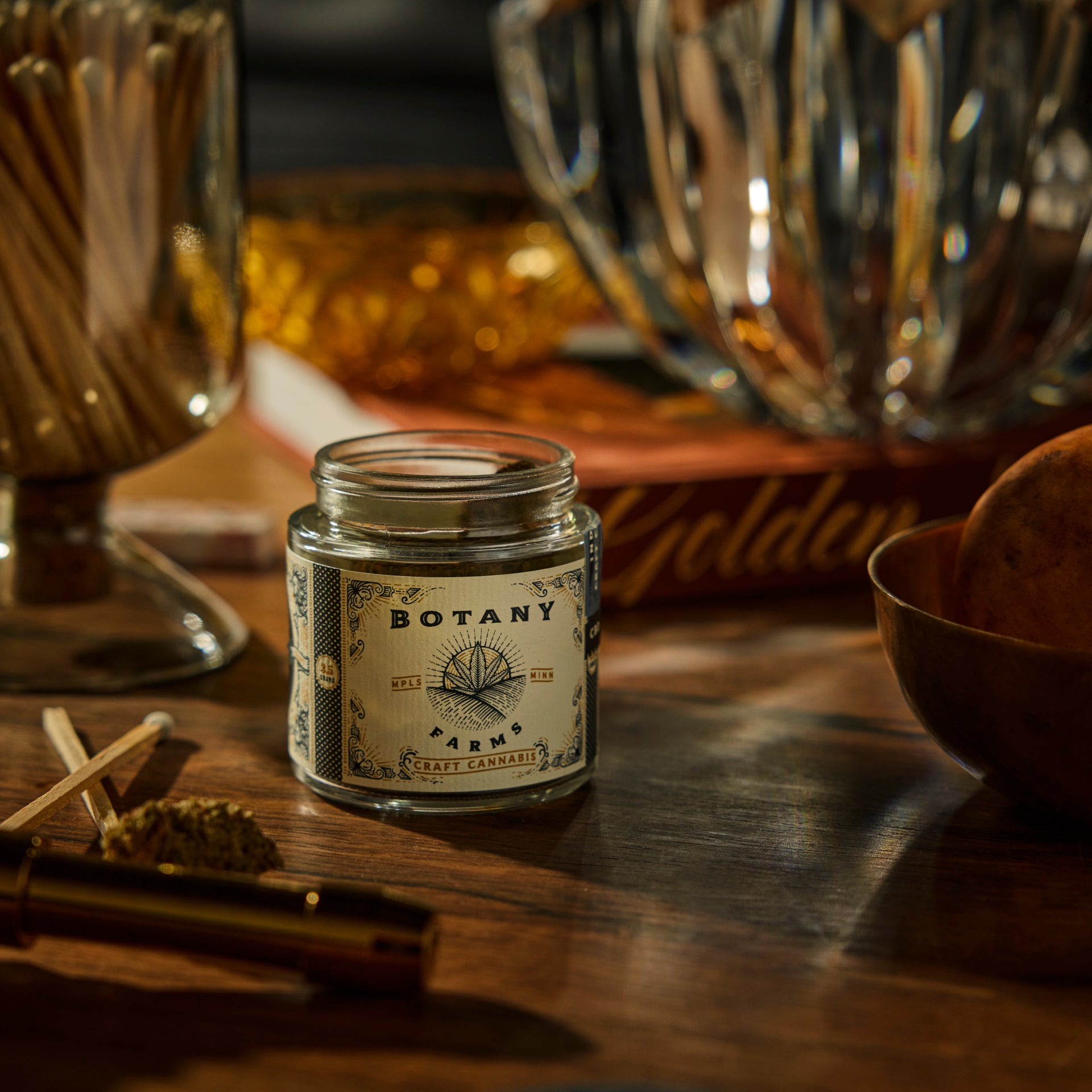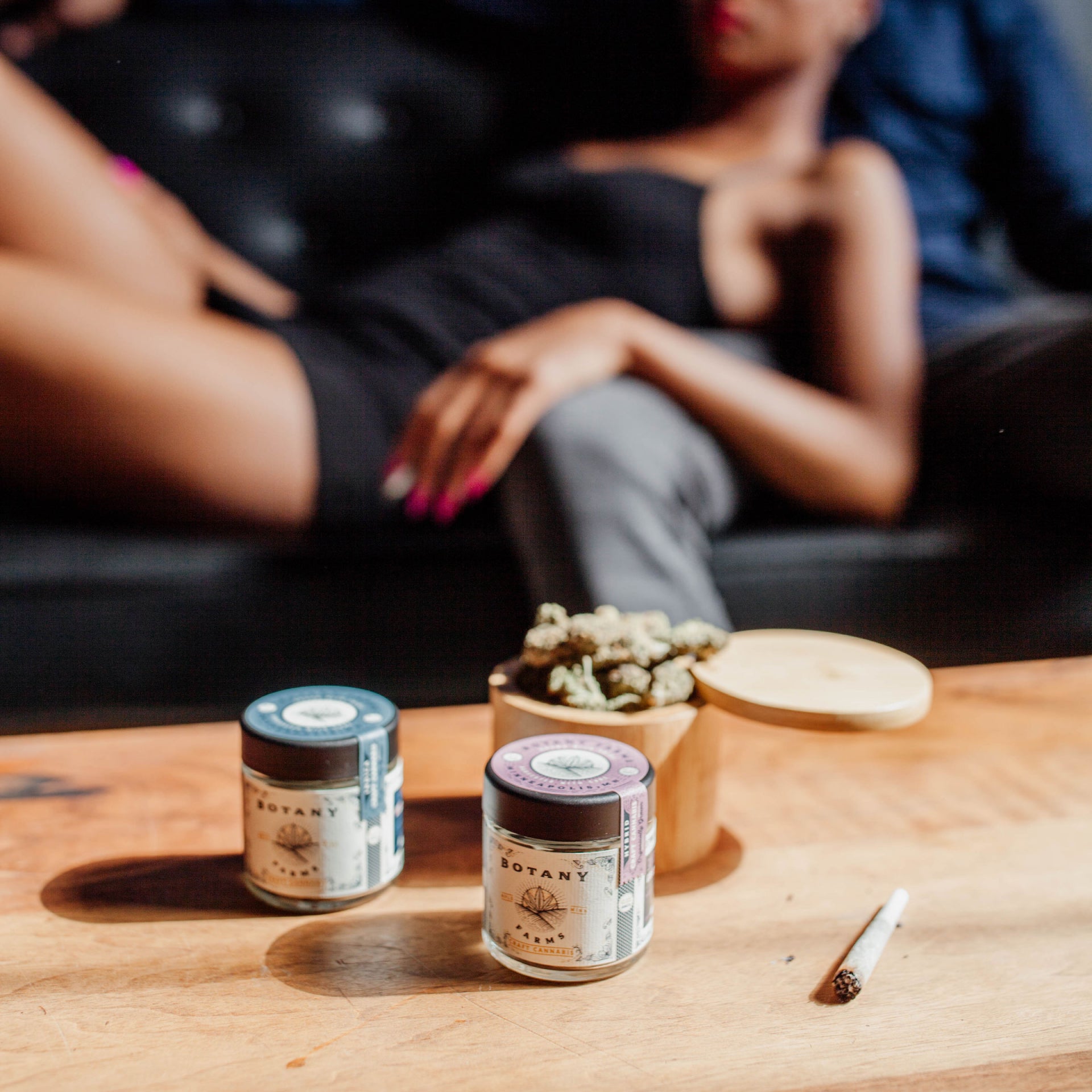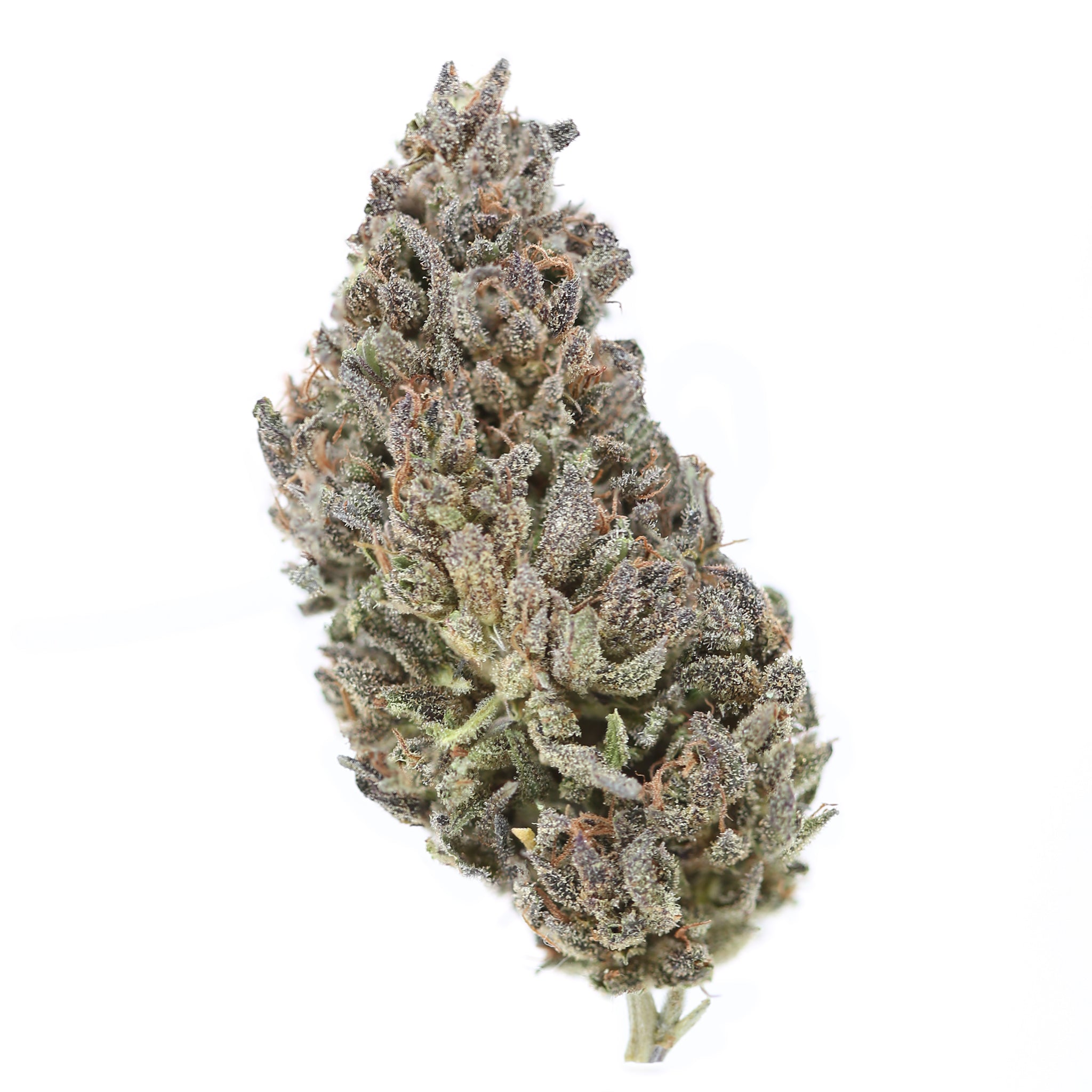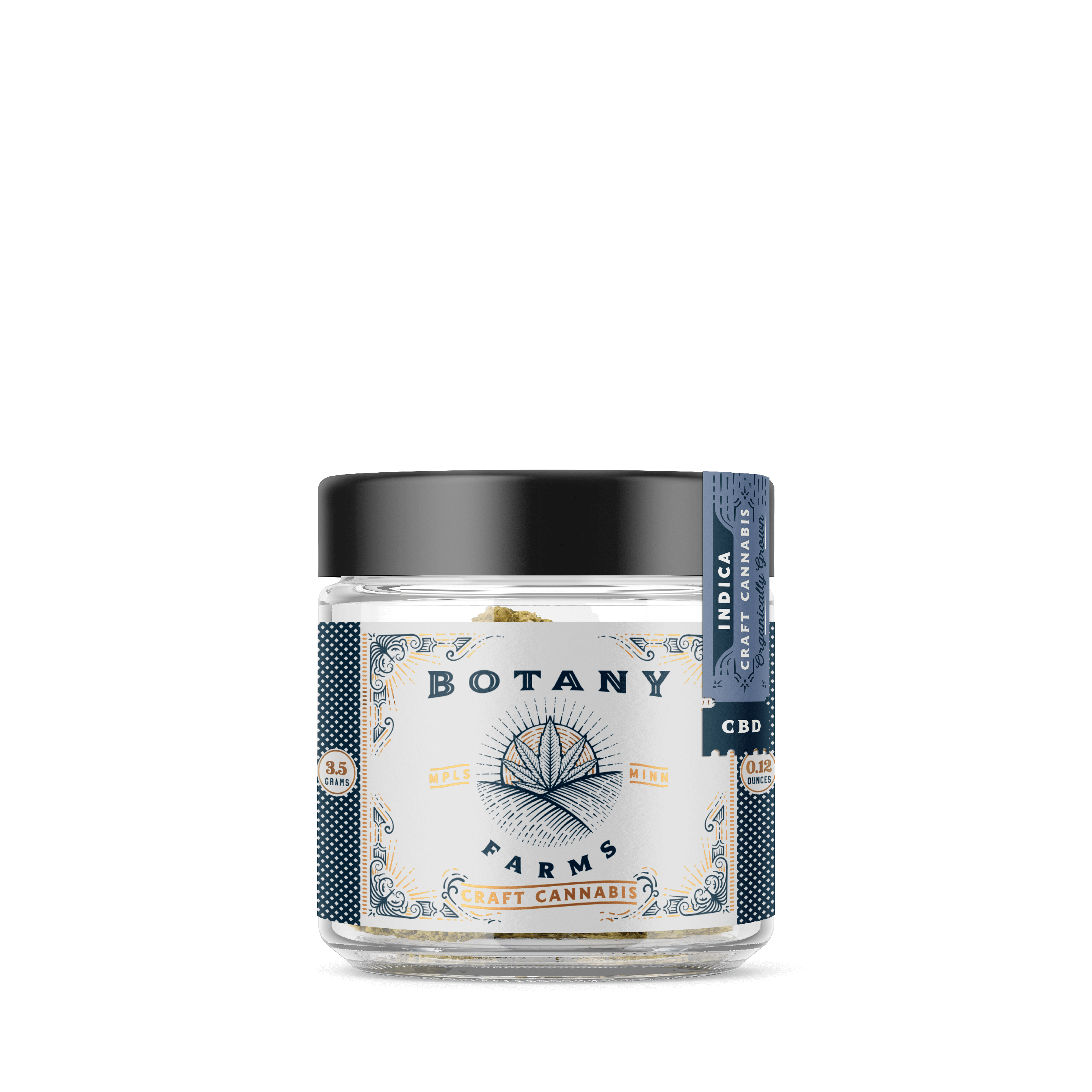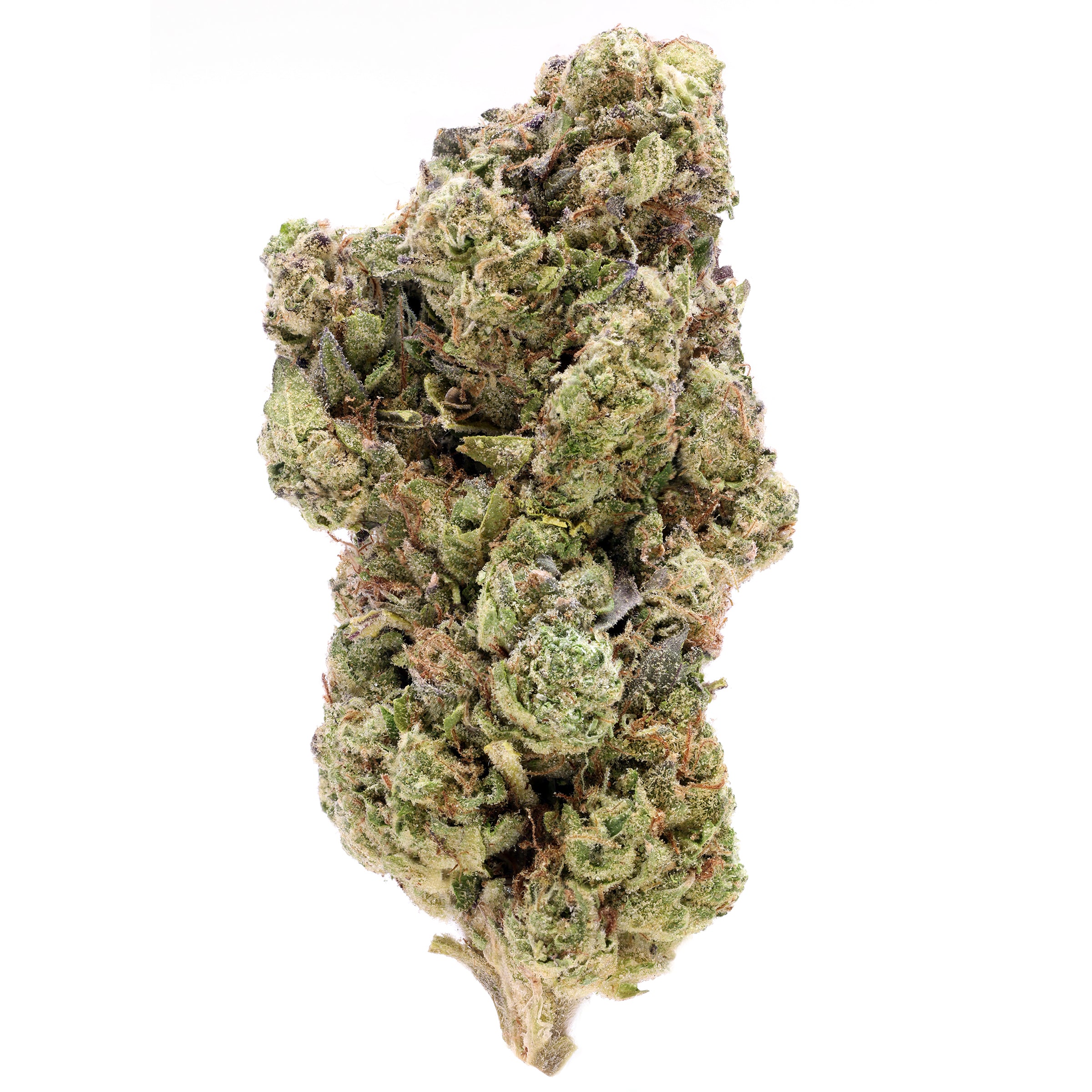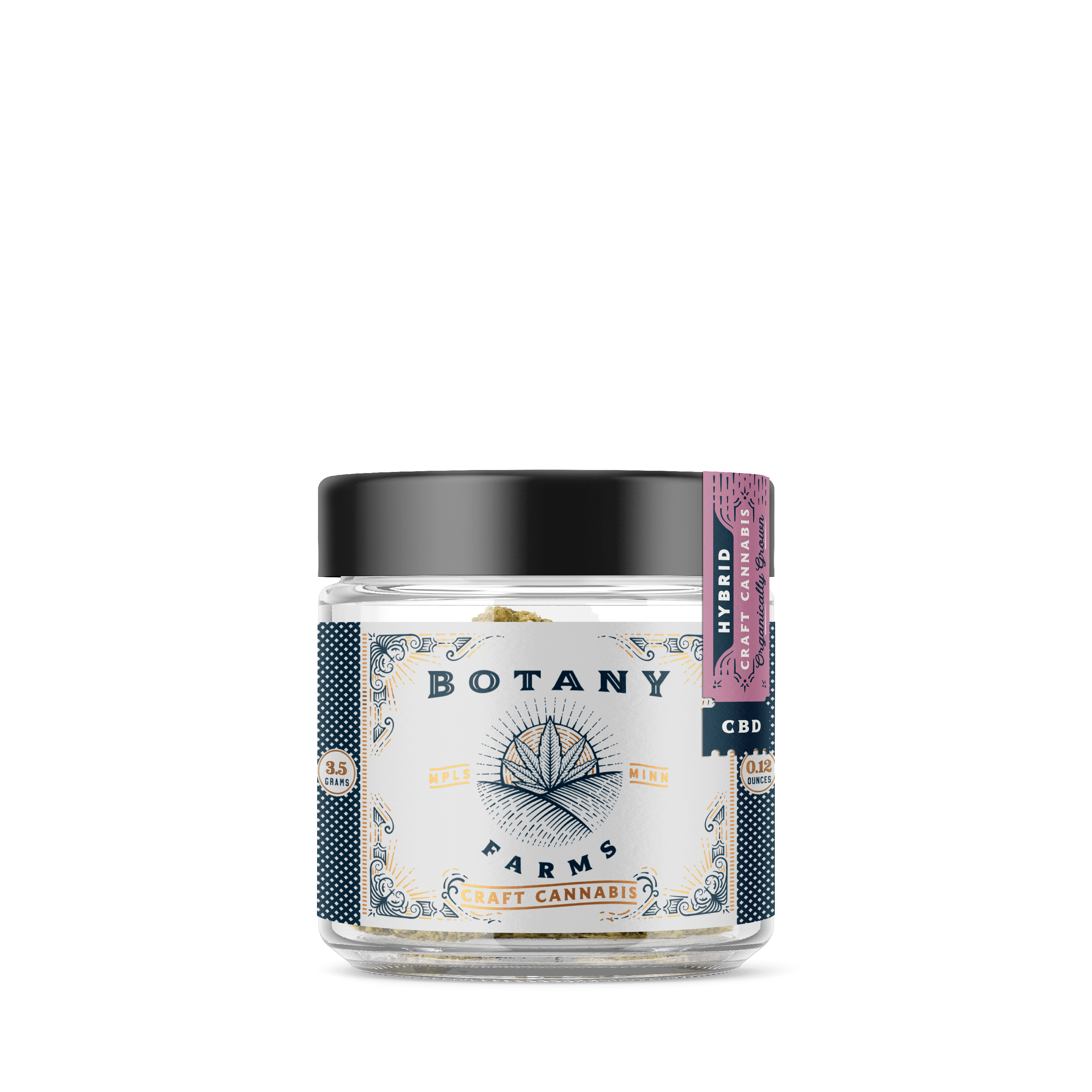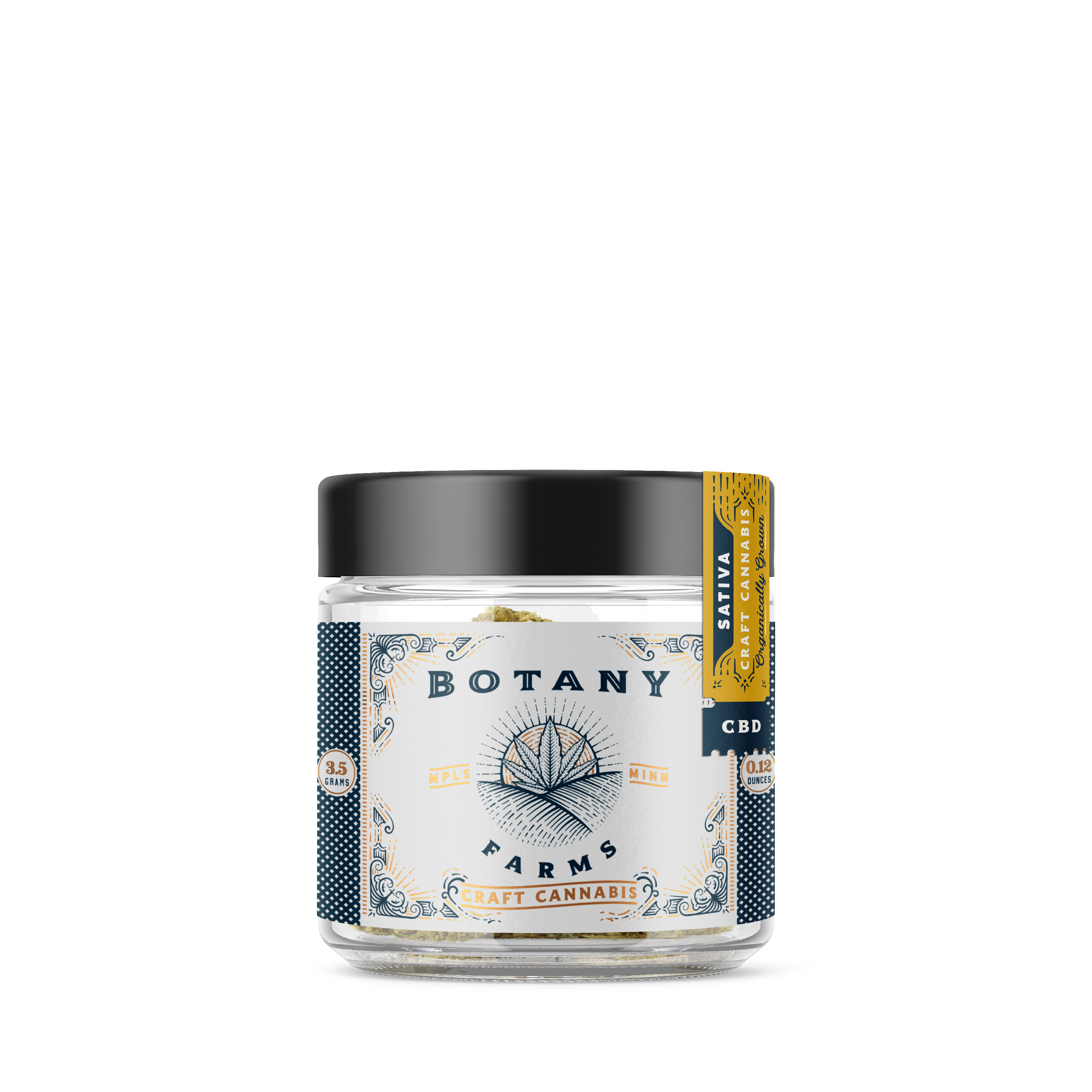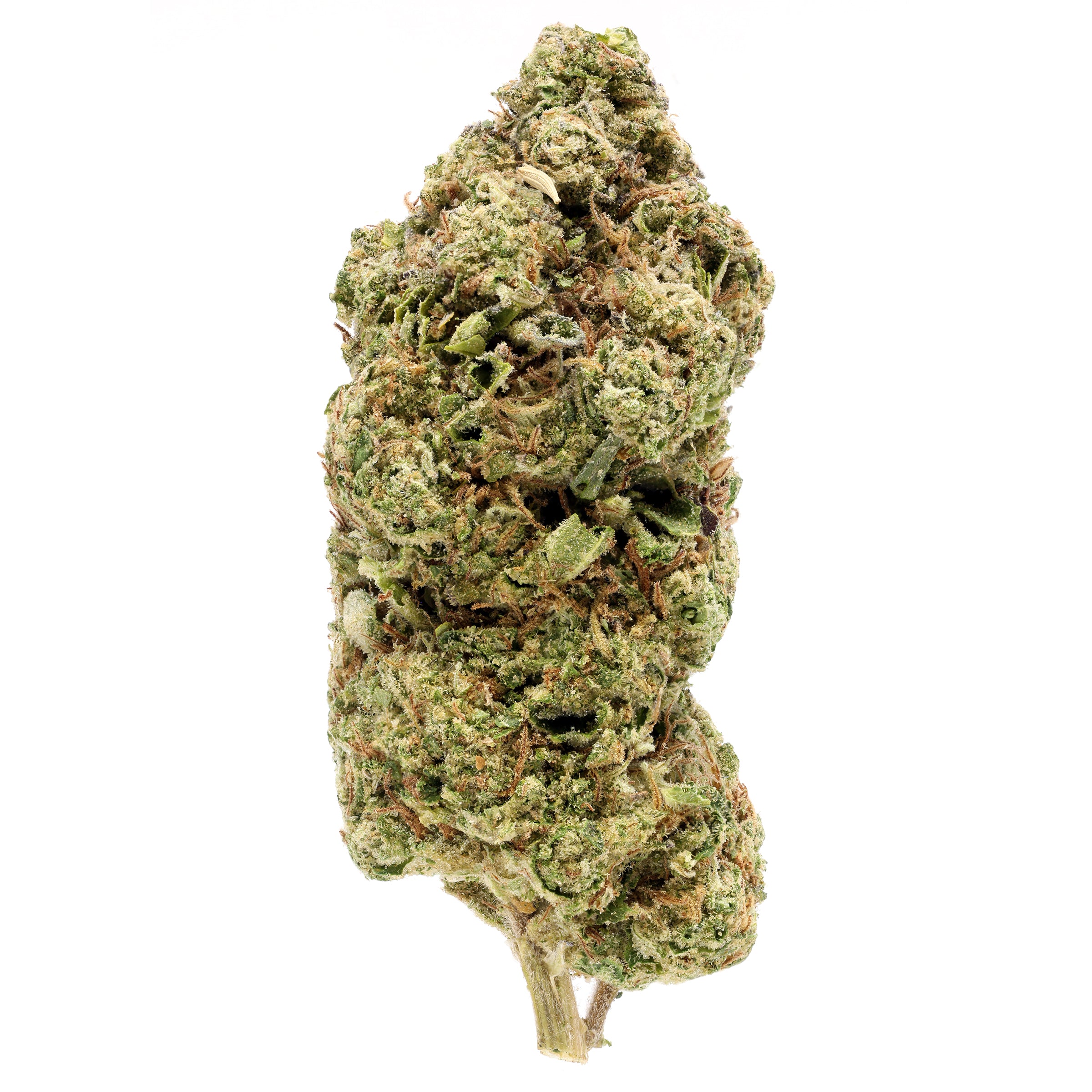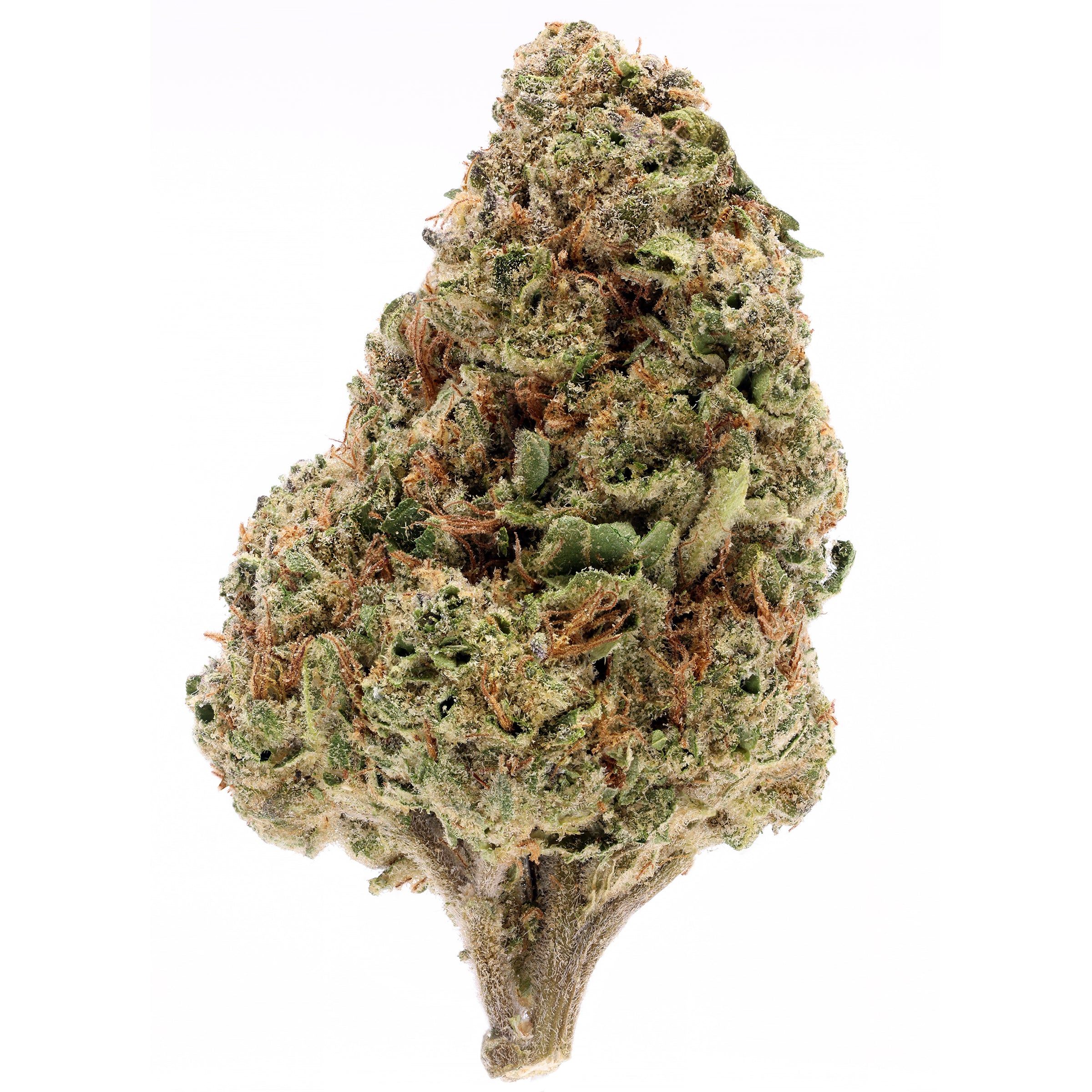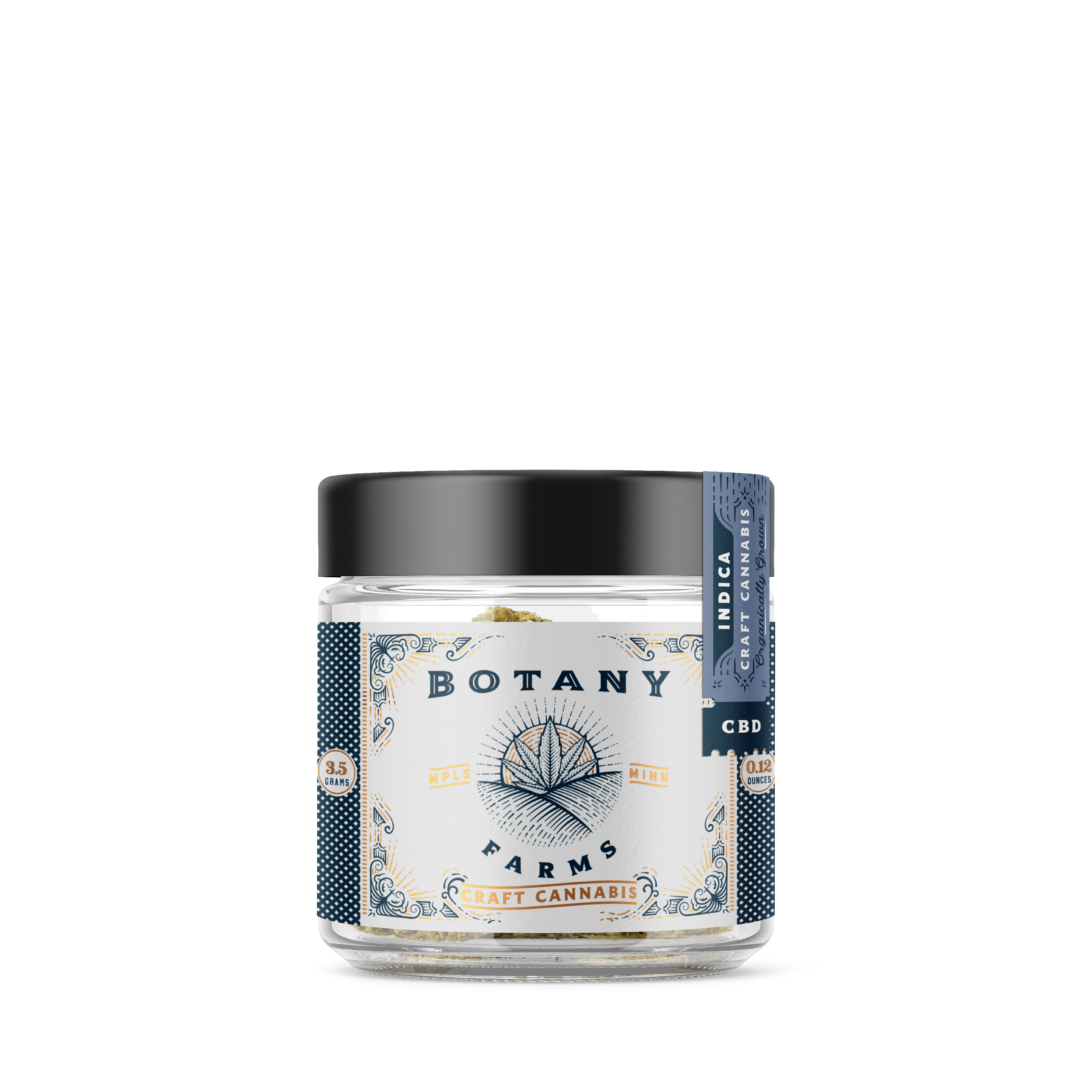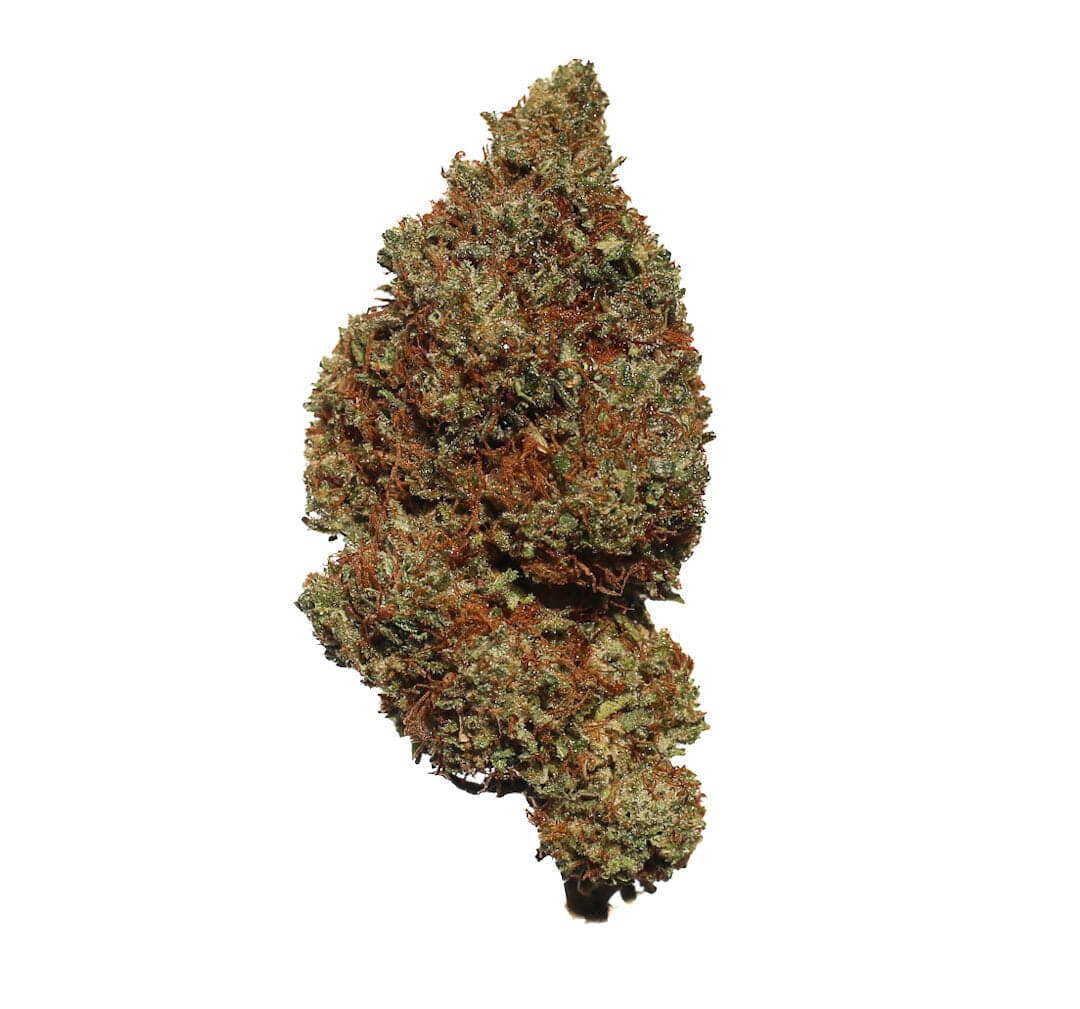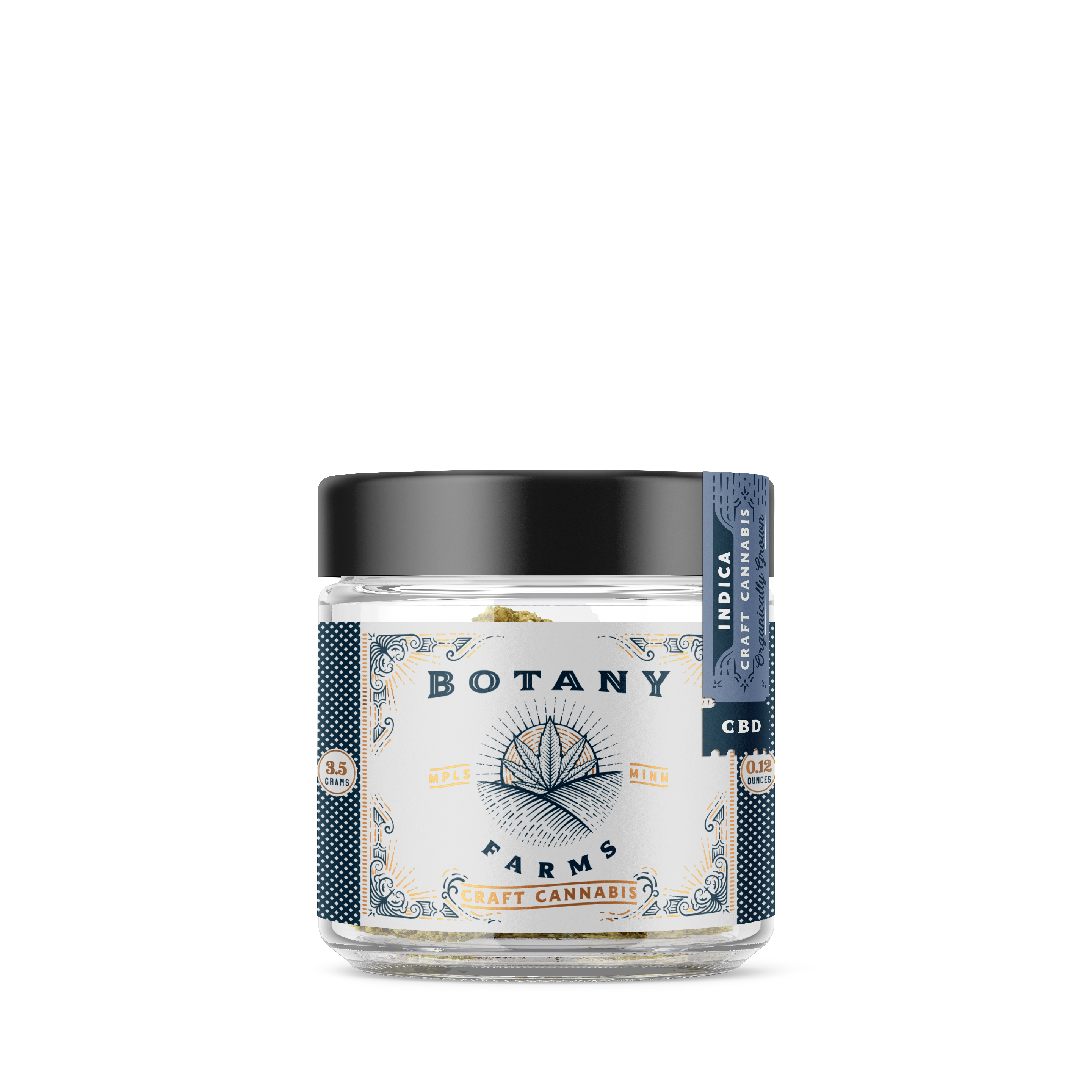If you have ever wondered how strains of cannabis provide multiple effects, why do they smell and taste different from one another, or how do they grow with a wide diversity in aesthetic details, the answer is found in very small particles.
Cannabis is a complex plant that hides inside many secrets which could potentially solve most medical conditions people have to deal with everyday.
Terpenes, compounds that act as fragrant oils and flavour agents, come with benefits for health just like the infamous THC, CBD,
CBG, and many other cannabinoids.
Each strain has a unique terpene profile depending on its genetics and growing conditions. Moreover, this is an important factor, since it determines the quality level and uniqueness of the flower.
Beta-Caryophyllene (BCP) is a terpene that is present in the vast majority of strains in high percentages. Caryophyllene acts as a cannabinoid along with the other terpenes (ie.
limonene or alpha-pinene) found in the flower, completing something known as ‘‘the entourage effect’’ in the endocannabinoid system within our bodies. All of them together achieve incredible results, but individually they also have their own light. In the next article we will explore all about Beta-Caryophyllene.
Thanks for stopping by! Why not give something from our farm a try?
What is Beta-Caryophyllene
Caryophyllene is a very special terpene, accounting for 25% (sometimes even more) of the total terpene production of almost every strain out there. It became one of the first cannabis-derived compounds which seemed to work directly with the endocannabinoid system right after THC, CBD and
CBN.
Due to this, it is sometimes labeled as a terpene as well as an atypical cannabinoid and will selectively interact with the body's CB2 receptors, which can mainly be found in the immune system. This means a psychoactive effect is not produced by BCP. This is a decisive factor because the psychoactive nature of some cannabis medicines is a big reason why they are controlled by authorities.
Caryophyllene Effects
There are no enough studies that analyze the effects of high-level caryophyllene cannabis use, although several experiments have been performed on mice and rats that have analyzed the efficacy of caryophyllene in the treatment of medical problems.
A lot of interesting research has been carried out on these animals to discover different effects of caryophyllene, most importantly its potential therapeutic uses. Further research, however, is required to understand the effects of this terpene on human health, both physically and mentally.
BCP has potent anti-inflammatory, antimicrobial, antibacterial, and antioxidant properties due to its unusual ability to bind with CB2 receptors. It is known to assist with anxiety and pain relief, cholesterol reduction, osteoporosis prevention, and seizure control. Some research has also shown that it may help to fight certain cancers and neurodegenerative diseases.
Caryophyllene Terpene
In the human body, cannabinoids and terpenes interact to alter each other's effects and, in general, produce an overall distinct or greater effectiveness based on the same present molecules.
THC + Beta-Caryophyllene interactions can prevent the development of gastric problems. In addition, it has been shown that Beta-Caryophyllene counteracts the psychoactivity of THC, which can be useful in situations where too much THC has been absorbed. On the other hand, CBD + Beta-Caryophyllene interaction may also be a possible adjuvant treatment for drug abuse or addiction. Finally, the Humulene + Beta-Caryophyllene interaction may have anti-inflammatory properties that make it useful for the treatment of arthritis, bursitis, and fibromyalgia.
Beta-Caryophyllene Benefits
Cannabinoid receptors (known as CB1 and CB2) are traditionally associated with an enjoyable psychoactive high. In this case, THC binds to both the CB1 and CB2 receptors to generate high levels of euphoria. In the human endocannabinoid system, BCP targets and bonds with the CB2 receptor, as mentioned before. This effect has once again been studied in mice and it shows the opposite effects THC does.
For now, scientists have introduced advances in the research of what caryophyllene can do for the human being, not only with the rest of terpenes but on its own. For example, Russo claims it can help to alleviate nervous system-related pain and provide topical relief for pain using creams and ointments since it acts as a local anesthetic. Without being addictive, it can produce the same endorphins as morphine.
Furthermore, in studies presented by Yamaguchi and Levy in 2016, BCP is proposed to be a therapeutic agent for the prevention and treatment of osteoporosis. Caryophyllene is thought to increase stronger bone formation while decreasing bone breakdown.
Finally, in one of their studies, researchers Javed, Azimullah, Haque and Ojha in 2016 stated that BCP can reduce inflammation in the brain and chemicals that cause oxidative stress associated with inflammation. Such properties can help the brain to swell during a stroke and change its results to a more positive diagnosis.
Caryophyllene Strains
Most strains with notes of pepper and herbal spices are rich in caryophyllene. Even though it is not unusual to find at least mild levels of this terpene in every strain, there are some that stand out because of its incredibly large quantities of BCP. Unsurprisingly, they are known as the top rated strains on the market, gaining fame among recreational and medical users due to their amazing effects, flavours, and smell.
GSC, Chem Dawg, Do Si Dos, Crescendo, Dutch Hawaiian, Gorilla Grapes, Pineapple Express, Pink Lemonade, and
Sour Diesel are some common strains high in caryophyllene celebrated for their excellency.
Beta-Caryophyllene Foods
What not many know is that BCP is often referred to as the "dietary cannabinoid", as it is also commonly found in foods such as black pepper, cloves, hops, spinach, chard, oregano, cinnamon, rosemary, thyme, allspice, fig, pot marjoram, and Roman chamomile, and so on, unlike the cannabinoids THC, CBD and CBN, found exclusively in the cannabis plant.
This terpene generates a herbal spiciness with hints of wood, delivering a spicy, funky warmth to the nose in all of these products people use on a daily basis, as well in cannabis. Yet, most don’t know they are consuming it.
Furthermore, caryophyllene has preservative properties and is found in the hops in charge of the beer's flavouring and stabilization. In chewing gum, caryophyllene has always been used as a flavoring agent to optimize a citrusy or spicy flavor profile. This terpene may be added in multiple topical skin products, hair conditioners, shampoos, cooking sauces and detergents as well.
Caryophyllene Oxide vs Caryophyllene
Beta-Caryophyllene oxide (BCPO) is a sesquiterpenoid oxide which, like its brother BCP, is one of the terpenes found in cannabis and one of the main terpenes found in cloves, basil, hops, pepper, and rosemary. Caryophyllene oxide is non-toxic and non-sensitizing, and has the notoriety of being the element responsible for drug-sniffing dogs locating cannabis hidden.
In a significant number of plants, Beta-Caryophyllene and Beta-Caryophyllene oxide are present. Both BCP and BCPO have important anti-cancer activities, affecting multiple cancer cells' growth and proliferation. Their antineoplastic effects, however, have scarcely been studied in detail. BCPO does not display CB1/2 binding, so the mechanism of its action is not related to the machinery of the endocannabinoid system (ECS).




